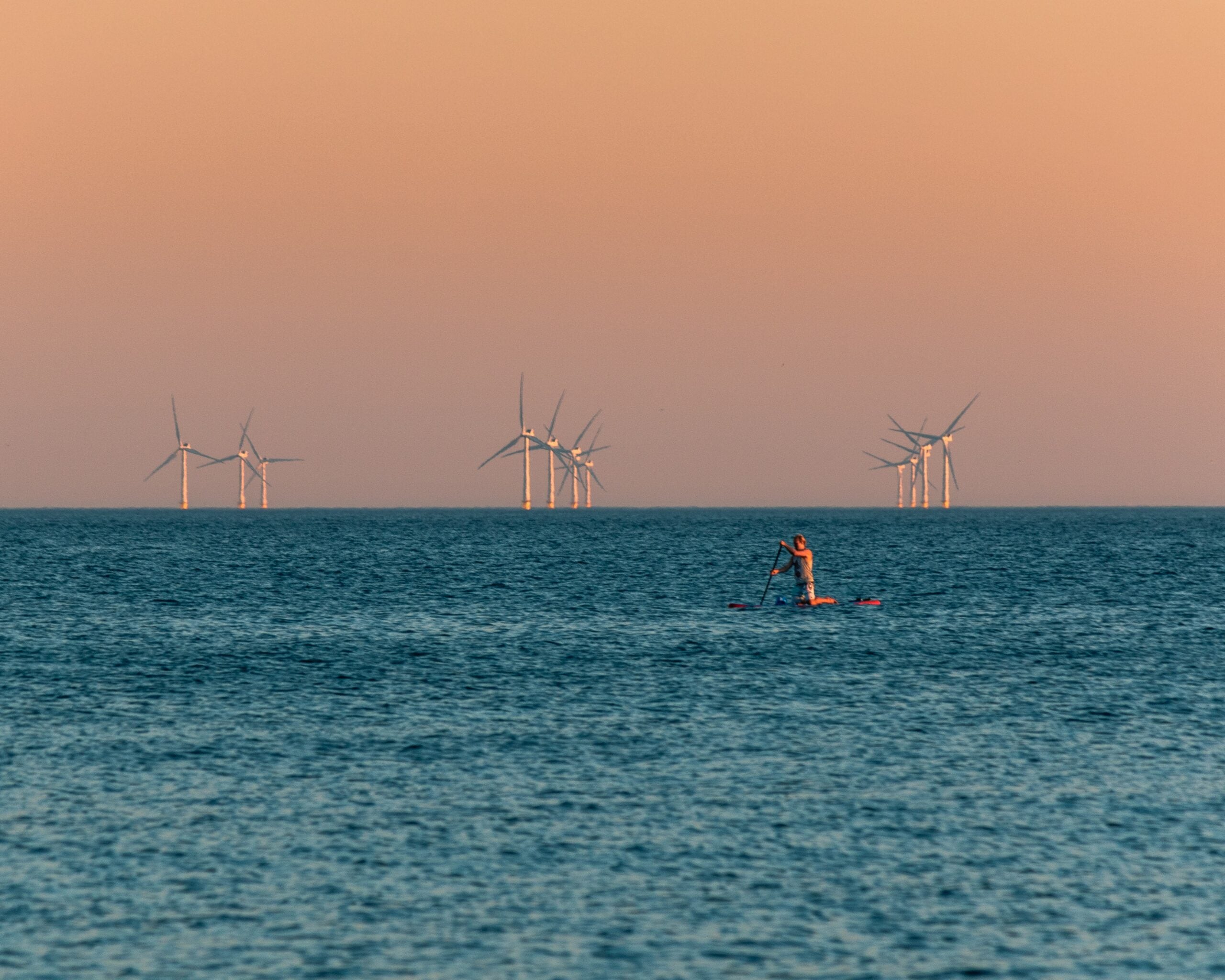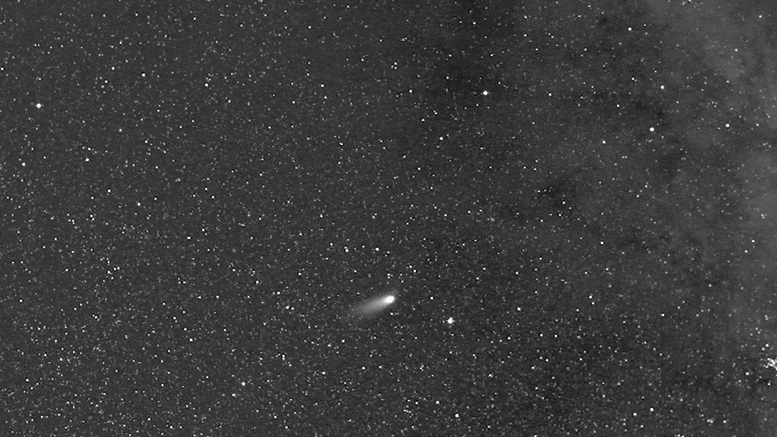Theme


At the same time, childbirth increased continuously in the group of 40-44-year-olds in Denmark and Sweden. Denmark went from 9.5 to 12 births per thousand women and year and Sweden from 11.7 to 14.3. Norway was stable at about 11 births per thousand women and years during the ten-year period. The proportion of women aged 40-49 who underwent assisted reproduction doubled during the period studied. In Denmark the proportion increased from 0.71 to 1.71 per thousand women and year, in Sweden from 0.43 to 0.81 and in Norway from 0.25 to 0.53. Assisted conception: Assisted conception is usually about insemination where sperm are handled outside the body, or in vitro fertilization, IVF, where both sperm and eggs are handled outside the body. Regarding abortions in the group of women 40-49 years, Sweden had the largest increase during the ten-year period, from 7.7 to 8.1 abortions per thousand women and year. More) Postpone their childbearing The person responsible for the study is Ingela Lindh, midwife and researcher in obstetrics and gynecology at Sahlgrenska Academy, Göt eborg University, and unit manager at the midwife clinic in the Regional Health in the Västra Götaland region. – The results confirm that more and more people are postponing childbirth, a trend that has been observed in most of Europe. Many women today want to finish their studies and establish themselves in the labor market before having their first child, which can contribute to more people having a harder time getting pregnant due to age, and fewer having two or three children, she says. Many people do not know that fertility decreases with age Today’s contraceptives, especially long-acting with high efficiency such as hormonal IUDs, provide good opportunities to plan when you want to get pregnant. At the same time, the study shows the important role that assisted reproductive technology plays in the birth rates in this age group. – We also see that more first-time mothers than before seek help at fertility clinics. Women may be unaware that fertility decreases with age. The study provides valuable information to improve women’s knowledge of their fertility, concludes Ingela Lindh. Scientific article: Reproductive changes among women in their 40s: A cross ‐ sectional study , Acta Obstetricia et Gynecologica Scandinavica
Contact:
Ingela Lindh, researcher and gynecology at the Sahlgrenska Academy, University of Gothenburg, ingela.lindh@obgyn.gu.se Note: This article has been indexed to our site. We do not claim legitimacy, ownership or copyright of any of the content above. To see the article at original source Click Here













